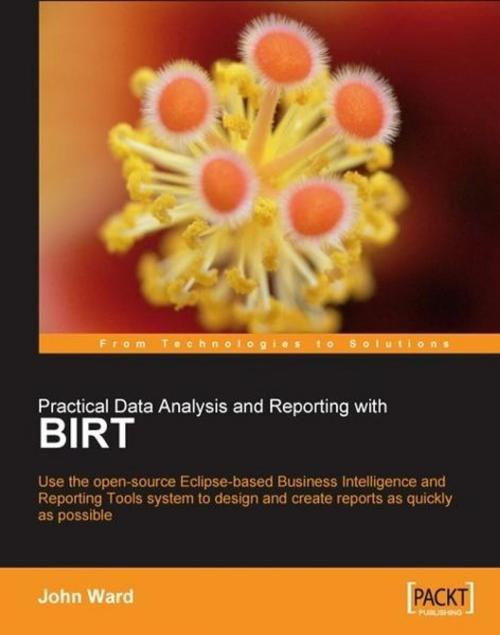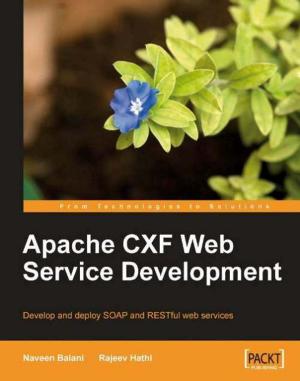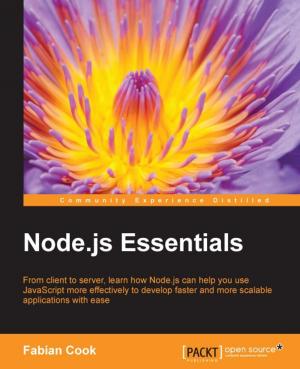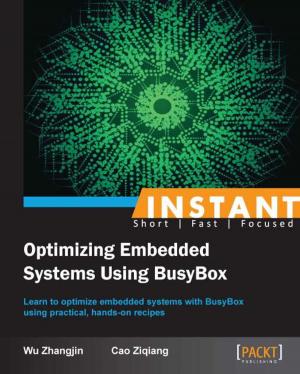Practical Data Analysis and Reporting with BIRT
Nonfiction, Computers, Advanced Computing, Information Technology| Author: | John Ward | ISBN: | 9781847191106 |
| Publisher: | Packt Publishing | Publication: | February 22, 2008 |
| Imprint: | Packt Publishing | Language: | English |
| Author: | John Ward |
| ISBN: | 9781847191106 |
| Publisher: | Packt Publishing |
| Publication: | February 22, 2008 |
| Imprint: | Packt Publishing |
| Language: | English |
This book deals with quality awareness as well as quality assurance. It discusses the quality expectations from the ERP solution, talks about the best practices for meeting the quality expectations, and then suggests the strategies to test the customized Dynamics AX ERP application. Microsoft Business Solution partners will benefit greatly from this book. This book targets functional experts and Dynamics AX developers. A basic knowledge of the X++ language and the basics of Axapta architecture are needed to follow the book, but no prior knowledge of testing is required. The following will find this book useful: MBS Partners who are dealing in Dynamics AX: To educate their employees for achieving their quality goals. Project Managers / Quality Managers: To update themselves about the standards related to Design, Development, Testing, etc., which are a part of Microsoft IBI Specifications for Dynamics AX 4.0. Dynamics AX Developers: To update themselves about coding standards that apply to Dynamics AX and to know the principles behind various recommended best practi nctional Consultants: To update themselves about Solution Design / GUI Specifications. Chief Technology Officers / Technical Solution Designers: To gain awareness about best practices for trustworthy computing and how these can be implemented at organization / project level. Dynamics AX Customers: To know about applicable standards for Dynamics AX customization projects and hence be able to effectively monitor their projects or set expectations from vendors about quality goals.This book is a concise and practical guide aimed at getting the results you want as quickly as possible. It steers the reader through each point of reporting from setup, to scripting, designing, formatting, and deploying BIRT reports using a common example that runs through the book. This book is for Java developers who want to create rich reports and get started with BIRT to do this. Readers will need a basic understanding of SQL to follow along.
This book deals with quality awareness as well as quality assurance. It discusses the quality expectations from the ERP solution, talks about the best practices for meeting the quality expectations, and then suggests the strategies to test the customized Dynamics AX ERP application. Microsoft Business Solution partners will benefit greatly from this book. This book targets functional experts and Dynamics AX developers. A basic knowledge of the X++ language and the basics of Axapta architecture are needed to follow the book, but no prior knowledge of testing is required. The following will find this book useful: MBS Partners who are dealing in Dynamics AX: To educate their employees for achieving their quality goals. Project Managers / Quality Managers: To update themselves about the standards related to Design, Development, Testing, etc., which are a part of Microsoft IBI Specifications for Dynamics AX 4.0. Dynamics AX Developers: To update themselves about coding standards that apply to Dynamics AX and to know the principles behind various recommended best practi nctional Consultants: To update themselves about Solution Design / GUI Specifications. Chief Technology Officers / Technical Solution Designers: To gain awareness about best practices for trustworthy computing and how these can be implemented at organization / project level. Dynamics AX Customers: To know about applicable standards for Dynamics AX customization projects and hence be able to effectively monitor their projects or set expectations from vendors about quality goals.This book is a concise and practical guide aimed at getting the results you want as quickly as possible. It steers the reader through each point of reporting from setup, to scripting, designing, formatting, and deploying BIRT reports using a common example that runs through the book. This book is for Java developers who want to create rich reports and get started with BIRT to do this. Readers will need a basic understanding of SQL to follow along.















